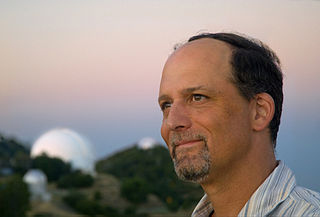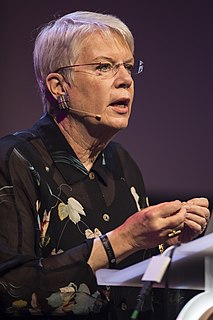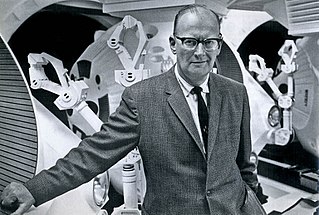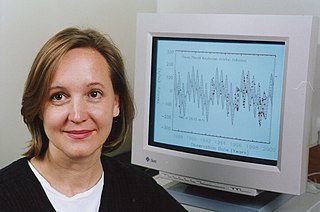A Quote by Alan Stern
The Kuiper belt region, which I call the third zone because it lies beyond the rocky terrestrial planets and beyond the giant planets, is a bizarre frontier.
Related Quotes
A major puzzle for which nobody has an answer is this: is there some size at which the planets change their nature from water-rich planets like Neptune, to rocky planets like the Earth? We have found two planets that are the size of the Earth in radius, but they are very close to their host star, so water on the surface would evaporate away.
Perhaps the rediscovery of our humanity, and the potential of the human spirit which we have read about in legends of older civilizations, or in accounts of solitary mystics, or in tales of science fiction writers - perhaps this will constitute the true revolution of the future. The new frontier lies not beyond the planets but within each one of us.
Because we're on the outside of everything, and we're a small group of countries - Scandinavia , we have a unique vantage point. We are extremely good at focusing our ideas into art and music and design that fits a global state of mind. Being observers of the rest of the world allows us to express something pure that goes beyond borders, beyond planets.































